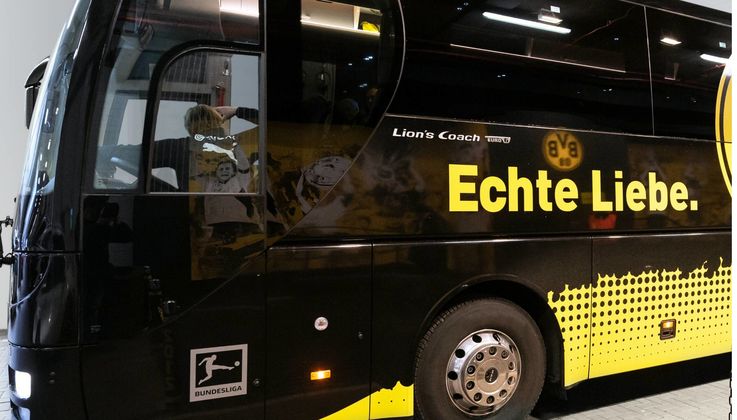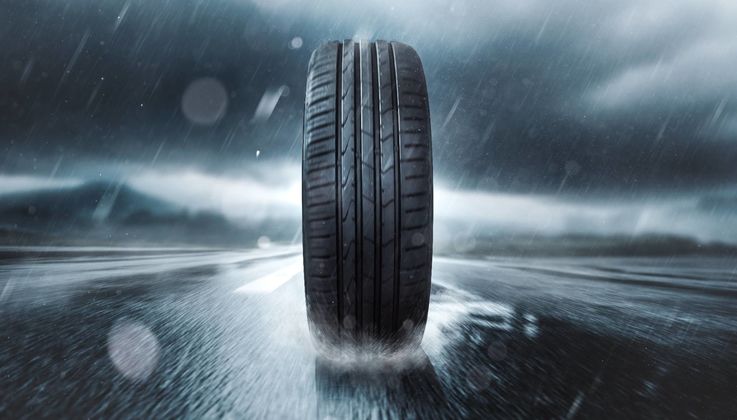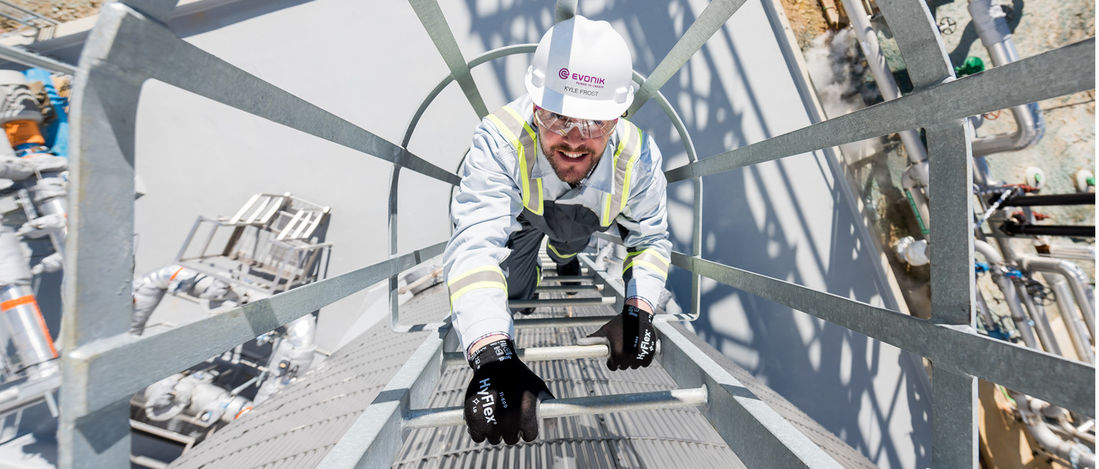
Silica plant in Charleston
Untiring Performance
In the fall of 2018 Evonik opened a new plant for precipitated silicas in Charleston (South Carolina). Precipitated silicas are making tires safer and more fuel-efficient on both sides of the Atlantic. These are properties that buyers are increasingly demanding.
Anyone who has ever traveled in the United States can confirm that the smaller the community, the bigger the automobiles. In big cities where parking spaces are at a premium, small cars like the BMW Mini have captured a market, but in America’s heartland you see many pickups and SUVs.
The Ford F-150 is by far the best-selling US-made vehicle, followed by the Chevrolet Silverado and the Dodge Ram. All three of these vehicles are pickup trucks. Despite its aluminum body, the Ford F-150 has a curb weight of over 2.1 metric tons. It’s more than 1.90 meters tall, 5.90 meters long, and 2.46 meters wide. Thus it’s longer, considerably wider, and much taller than the Mercedes S-Class, for example. It also consumes much more fuel. The Mercedes S-Class has an average fuel consumption of 7.3 liters per 100 km. That figure for the Ford pickup, which has a comparable engine output, is 11.9 liters.
EUROPEANS FOCUS ON FUEL COSUMPTION
Moreover, the tires are as different as the vehicles they are mounted on. But they do have one thing in common: The tires increasingly contain precipitated silicas from Evonik. The reasons for that in North America and in Europe are different. Since 2012, tires in the European Union have been labeled on the basis of their rolling resistance and wet grip. The labels were created in order to promote the use of “green” tires that would reduce fuel consumption throughout Europe. However, this should not occur at the expense of safety, so the labels also include information about the tire’s wet grip.
Silicas from Evonik help tires achieve both of these goals: They cut fuel consumption while at the same time ensuring a good grip on wet roads. Automakers generally use fuel-efficient tires anyway, because they want to reduce their vehicles’ fleet consumption. However, increasing numbers of drivers in Europe are now buying fuel-efficient tires because the added costs are quickly recouped.
US-AMERICANS VALUE GOOD GRIP
Consumers in the USA have different priorities. Because gasoline is inexpensive there (between €0.50 and €0.70 per liter), fuel efficiency is a positive side effect but usually not the main reason why a driver buys tires of a specific kind. The key factor is a good grip. The aforementioned Ford F-150 doesn’t just weigh more than 2.1 tons; it can also carry 1.5 tons of payload and tow up to 5.5 tons. The total weight can thus add up to over eight tons. What’s more, the vehicle has a very high center of gravity. Thus the tires have to work very hard to keep this massive weight on the road. Here too, the silicas from Evonik cope with the challenge.
Different categories
SUV: In Germany, a sports utility vehicle is defined as a passenger car that has a high ground clearance and a unitized body. Although their appearance is based on that of off-road vehicles, SUVs aren’t necessarily suitable for cross-country driving. The ride comfort is similar to that of a sedan. In the USA, the term “SUV” is used to refer to all types of comfortable off-roaders. The word “sports” also includes fishing and hunting. Non-off-road vehicles of this type are called “crossover SUVs” or “soft-roaders.”
Pick-up: A pickup truck is a road or off-road vehicle with a flat, open cargo area. Many of them still have a traditional ladder frame. This type of vehicle is defined in various ways throughout the world. For example, they are designated as trucks in the USA. You can often see pickups that have hitches at the back that are sometimes used for towing very large trailers.
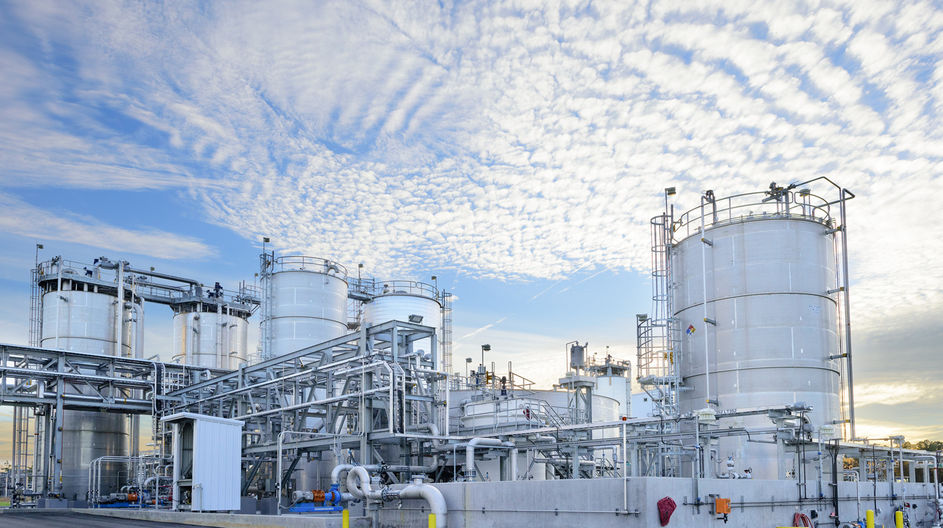

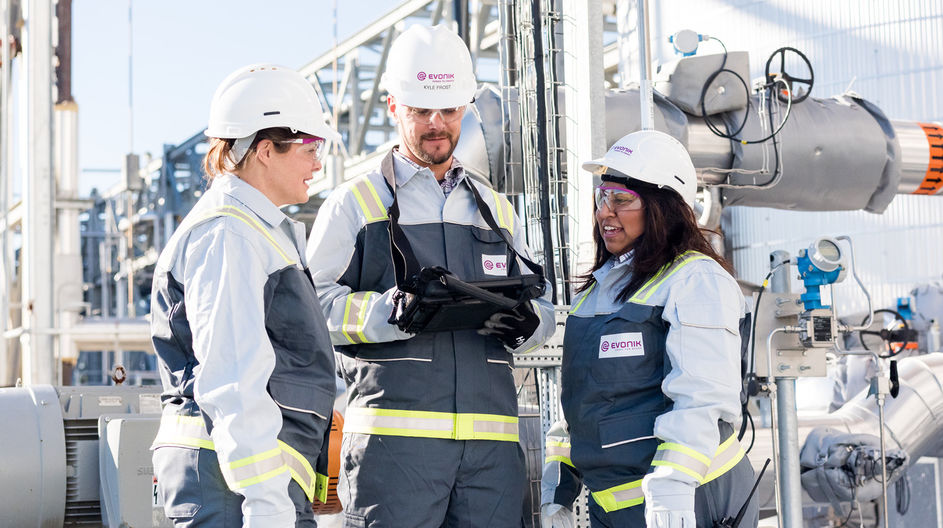
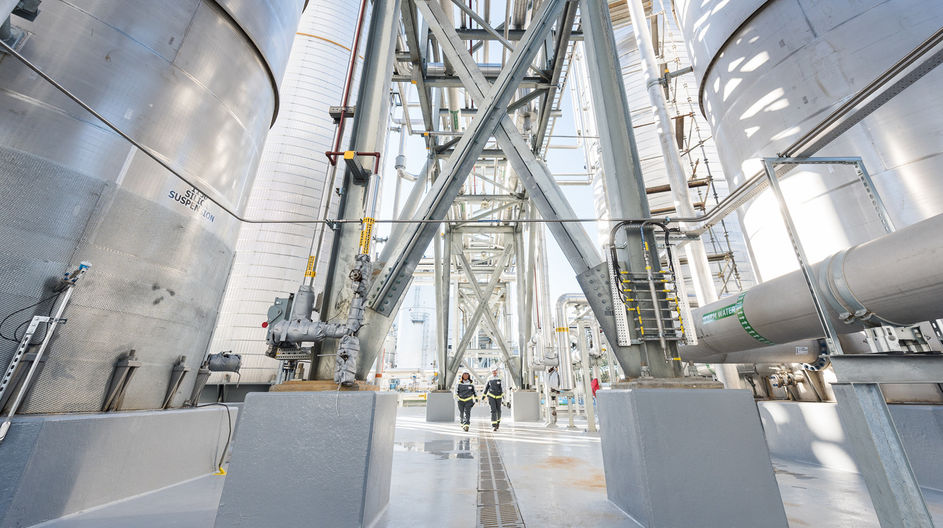
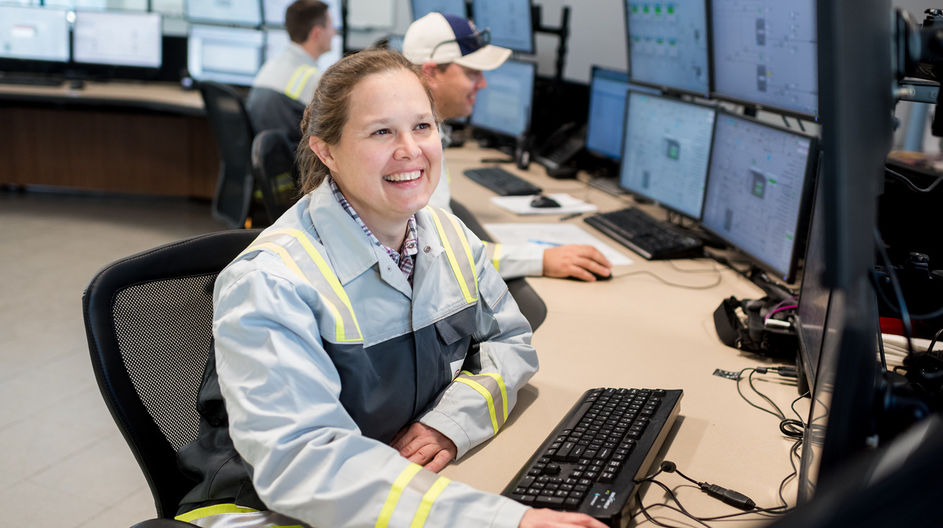


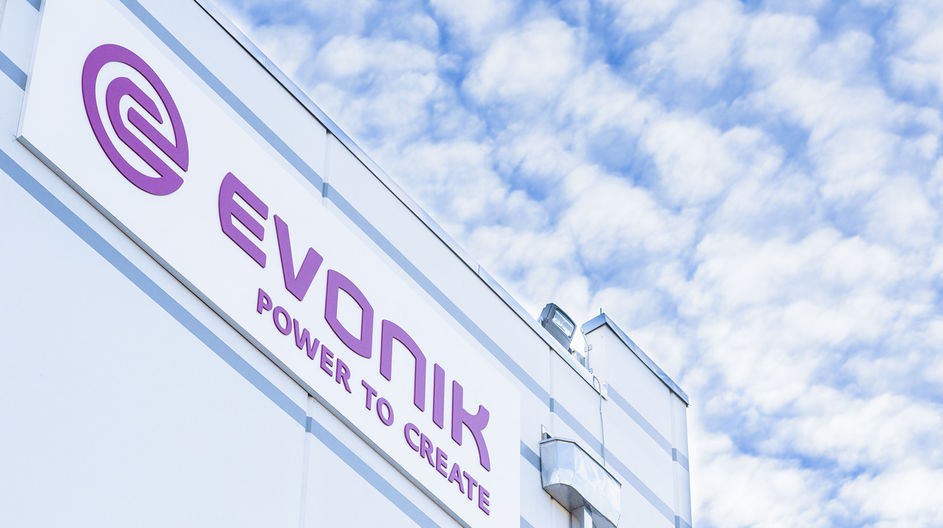

SUVs and pickups are equipped with very large and wide tires. The smallest tires the F-150 comes with ex works are 27.5 centimeters wide and have a diameter of 81.5 centimeters. The tires on pickups and SUVs face huge challenges caused by their size, the vehicles’ weight and high center of gravity, the distances traveled in the USA on tires that are generally used all year round, and the fact that the vehicles are also driven offroad. The tires’ size also means they have a large cross-section. This causes them to lack rigidity in curves, gives the driver an imprecise steering feel, and gradually reduces road grip.
Evonik solved these problems by developing ULTRASIL 7800 GR. This precipitated silica was specially created for the growing market of SUV and pickup tires. It increases rigidity by strengthening the connection between the tire’s belt and the overlying treads. This gives the driver the familiar direct steering feel and increases ride comfort.
PHYSICAL PROPERTIES
The special characteristics of precipitated silica from Evonik are due not to its chemical composition, which is always the same in these kinds of silicas, but to its physical properties. The use of an especially large specific surface area makes the rubber mixture more rigid for the treads and enables the material to be easily processed.
Evonik’s customers are globally operating tire manufacturers that have specific individual requirements for national and regional markets. Evonik produces ULTRASIL 7800 GR at several locations in the USA. Plans call for the increasing demand for this product to be met by the plant in Charleston on the East Coast of the USA. This facility, which cost around $120 million to build, was opened in the fall of 2018. The main reasons why Charleston was selected for the plant were the site’s good infrastructure and its proximity to the customers. Construction of the ultramodern plant, large parts of which are fully automated, has created around 50 new jobs in northern Charleston.
A MYSTERIOUS CODE
275 = Width of the tread in millimeters (unloaded), 27.5 cm in this case
55 = Height of the flank (distance between the tread and the rim) in percent of the tread width. In this case, it’s 27.5 x 0.55 = 15.1 cm
R(adial) 20: The rim’s diameter in inches; 20 x 2.54 cm = 50.8 cm
The wheel’s diameter: Rim diameter + (2 x flank height) = 81.0 cm
Interview

When did you start planning the new facility?
In 2013. When we completed our three-year plan, the plant in Chester (Pennsylvania) was running at full capacity. Only one more expansion was still possible—there was simply no room for more.
Are things different in Charleston?
Yes. The Charleston site is designed in such a way that we can add more plants next to it if need be. The construction plans have already been drawn up.
What’s the current capacity utilization?
We expect it to exceed 50 percent by the end of the year and for the plant to run at full capacity in 2021. The US market for silica is growing substantially; it has roughly doubled since 2008.
But the number of new vehicle registrations hasn’t doubled since 2008.
That’s true, but the trend toward bigger and heavier vehicles is continuing in the USA. Many owners are now equipping their used vehicles with tires that not only deliverbetter performance but are also of higher quality and more fuel-efficient. The tire market for used vehicles is about four times as big as that for new vehicles.
SUVs and pickups: Are they the future?
At the moment they are. However, we will also benefit when electric vehicles gain a bigger market share. Because our silicas boost efficiency, they also increase a vehicle’s range.

